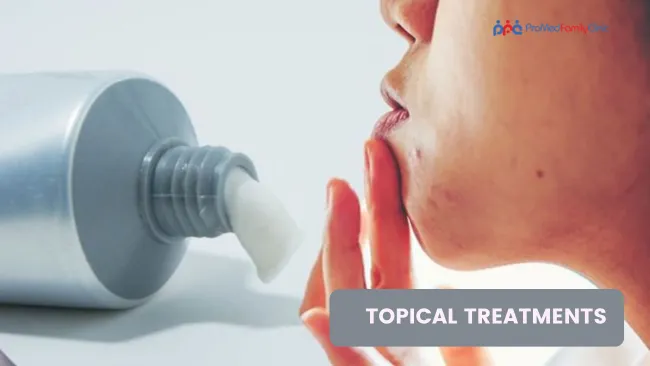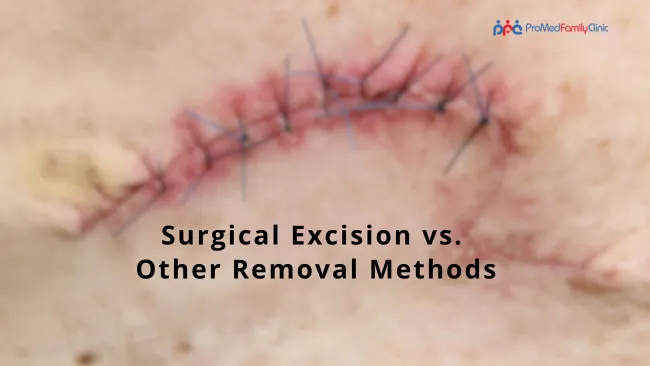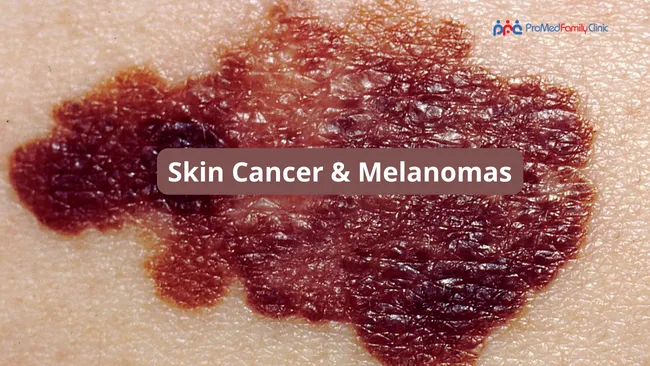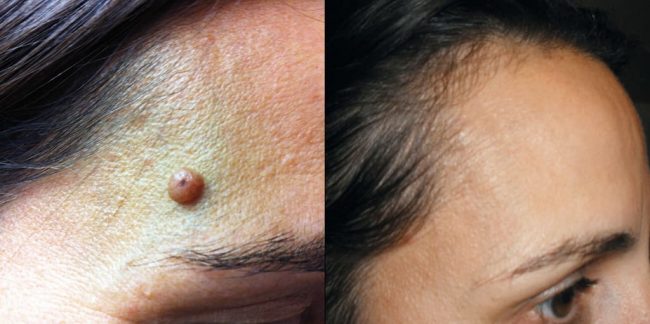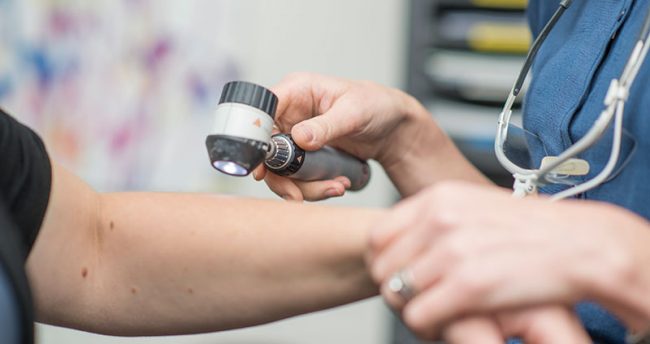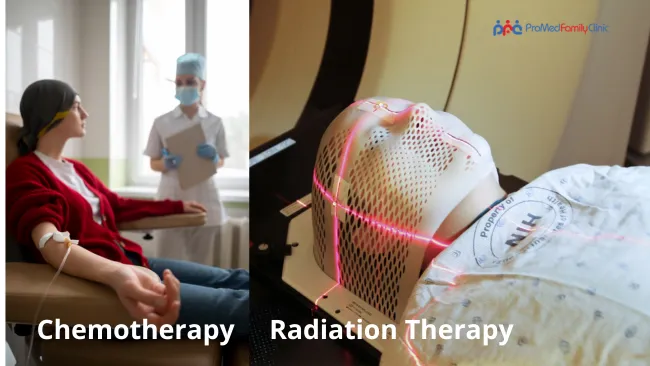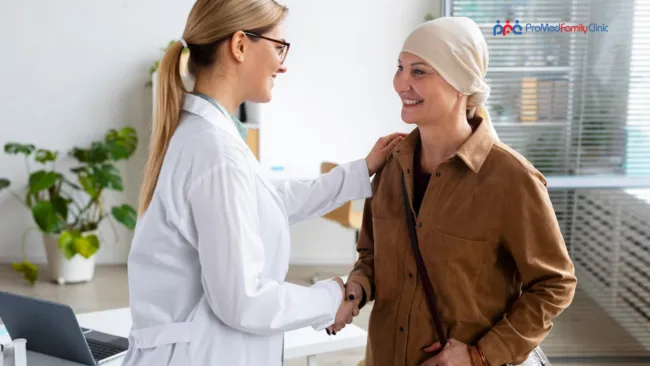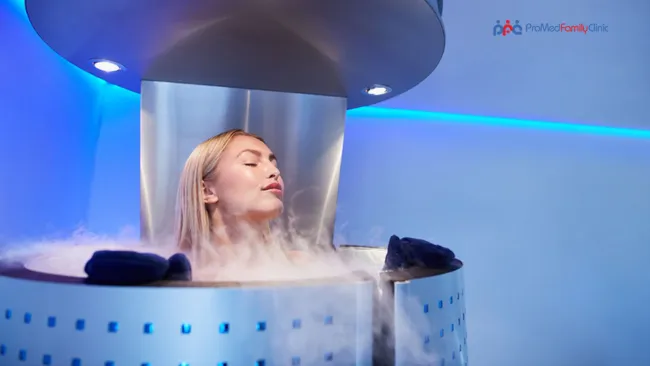Surgical Excision vs. Other Removal Methods: Making Informed Choices
The pursuit of healthy, glowing skin often leads us to explore various skincare solutions. Among these, topical treatments have emerged as a popular and effective option. Delving beyond the surface, we uncover the science behind topical treatments and how they are wielded by Topical Treatment GPs and skin doctors to enhance skin health. In this article, we will take a closer look at the world of topical treatments and the expertise of skin doctors in Hove and beyond.
Understanding Topical Treatments
Topical treatments are formulations applied directly to the skin's surface. They encompass a wide range of products, including creams, lotions, gels, serums, and ointments. These treatments are designed to target specific skin concerns, ranging from acne and pigmentation to fine lines and hydration. The active ingredients in these formulations work their magic by penetrating the outermost layer of the skin, addressing issues at their root.
The Science Behind Topical Treatments
The effectiveness of topical treatments lies in their ability to deliver active ingredients to the deeper layers of the skin. Unlike oral medications that circulate throughout the body, topical treatments are localized, allowing for targeted action. These treatments often work by:
- Exfoliation: Some formulations contain exfoliating agents that remove dead skin cells, revealing fresher, healthier skin underneath.
- Stimulation: Certain ingredients stimulate collagen production, leading to improved elasticity and a youthful appearance.
- Inhibition: Active ingredients can inhibit the production of melanin, reducing the appearance of dark spots and hyperpigmentation.
- Hydration: Moisturizing ingredients enhance the skin's natural barrier, locking in moisture and promoting hydration.
- Anti-Inflammatory: Topical treatments can soothe inflammation, reducing redness and calming irritated skin.
The Role of Topical Treatment GPs and Skin Doctors
Topical Treatment GPs and skin doctors play a pivotal role in the realm of skincare. Their expertise ensures that patients receive the most suitable topical treatments for their specific concerns. Here's how they contribute to enhancing skin health:
- Personalized Approach: Skin doctors assess each patient's skin type, concerns, and medical history to recommend tailored treatments.
- Ingredient Knowledge: They possess in-depth knowledge of active ingredients, understanding their mechanisms and potential interactions.
- Combination Therapies: Skin doctors may combine topical treatments with other procedures for enhanced results, such as laser therapy or chemical peels.
- Monitoring and Adjustments: These professionals closely monitor patients' progress, making adjustments to treatment plans as needed.
- Addressing Underlying Issues: Topical Treatment GPs and skin doctors dig deeper to identify and address the underlying causes of skin concerns.
Consulting a Topical Treatment GP in Hove
In Hove, individuals seeking optimal skin health have access to Topical Treatment GPs who are well-versed in the world of skincare. Consulting a Topical Treatment GP allows patients to receive guidance on the best products for their skin, as well as expert advice on usage, frequency, and potential side effects.
Combining Topical Treatments with Clinical Care
Topical treatments are often complemented by clinical care at skin clinics. Combining treatments like chemical peels, microdermabrasion, or laser therapy with topical treatments can lead to comprehensive and transformative results. Skin clinics offer a spectrum of services under the guidance of skin doctors to address a wide range of concerns.
Patient Education and Empowerment
Topical Treatment GPs and skin doctors go beyond providing treatments – they empower patients with knowledge. Educating patients about their skin type, the ingredients in their chosen products, and the importance of consistency leads to more successful outcomes.
Conclusion
The world of topical treatments extends far beyond surface-level skincare. With the expertise of Topical Treatment GPs and skin doctors, these formulations become powerful tools in enhancing skin health. The science behind these treatments, combined with personalized recommendations, makes a significant impact on addressing various skin concerns. From acne to aging, hydration to hyperpigmentation, the realm of topical treatments is vast, with endless potential for healthier, radiant skin. So, consult your local Topical Treatment GP or skin doctor in Hove, and embark on a journey towards revitalized and rejuvenated skin that glows from within.
